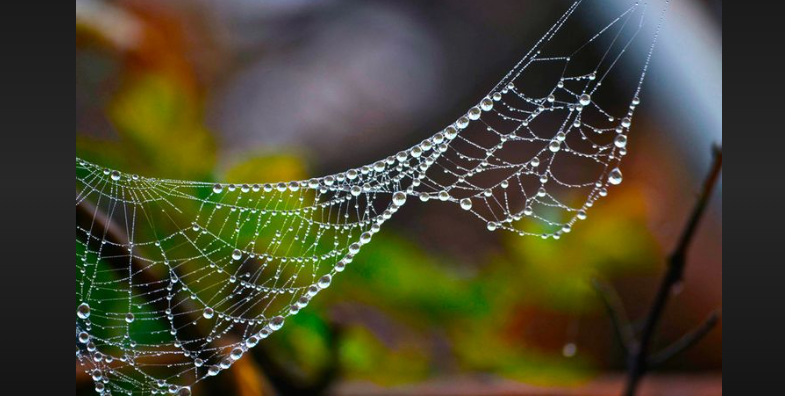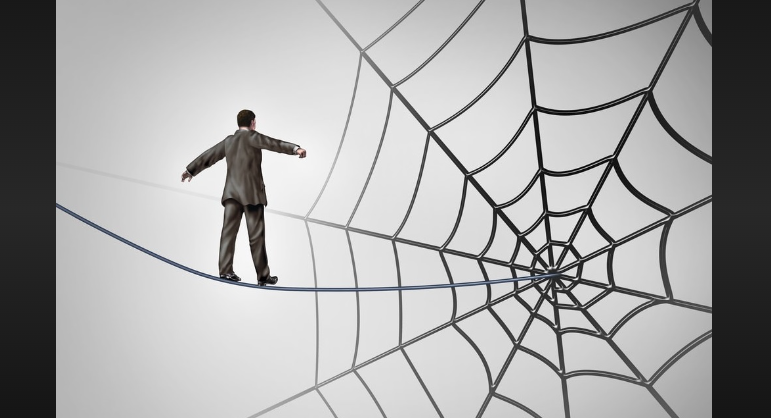Walking Into a Spider Web: What Happens When You Encounter Nature's Trap
Walking into a spider web can be an unexpected and, for some, unsettling experience. Whether you're exploring the great outdoors or just taking a stroll in your garden, the sensation of walking into a spider web can trigger a range of reactions. In this article, we will explore the phenomenon of walking into a spider web, shedding light on why it happens, the physical and psychological responses it elicits, and the fascinating world of spiders and their silk creations.

The spider web
1. The Unwanted Encounter: Why Do We Walk into Spider Webs?
Walking into a spider web is more common than you might think, and several factors contribute to this phenomenon:
-
Web Placement: Spiders strategically place their webs in areas with high insect traffic, increasing the chances of catching prey. Unfortunately, this also means they often construct webs in places where humans walk.
-
-
Size and Visibility: Not all spider webs are easily visible, especially the smaller ones. It's easy to overlook a delicate silk thread until you've already walked into it.
-
-
Inattention: When engrossed in our surroundings or thoughts, we may not notice spider webs until we feel them on our skin.
2. The Sensation of Walking into a Spider Web
Walking into a spider web can elicit a range of physical and psychological reactions:
-
Physical Sensation: The sensation of walking into a spider web often involves feeling the sticky silk on your face, arms, or body. Some people describe it as a creepy, clinging feeling.
-
-
Startle Response: It's not uncommon for individuals to startle or flinch when they realize they've walked into a web. This reflexive reaction is part of our innate survival instincts.
-
-
Psychological Response: For some, the idea of encountering a spider web can trigger fear or discomfort. This fear, known as arachnophobia, is a common phobia.
3. The Silk Thread: Nature's Masterpiece
Spider silk is a remarkable substance with various properties:
-
Strength and Flexibility: Spider silk is incredibly strong and can be more robust than steel of the same diameter. It is also highly elastic, able to stretch significantly without breaking.
-
-
Stickiness: The silk used for web construction is covered in tiny droplets of glue, which is what makes it sticky and effective at trapping prey.
-
-
Versatility: Spiders use silk for a variety of purposes, from building webs for catching prey to creating egg sacs and constructing shelter.
4. The Role of Spider Webs in Nature
Spider webs play a crucial role in ecosystems:
-
Pest Control: Spiders are natural predators of insects, and their webs help control insect populations.
-
-
Pollination: Some spider species use their silk to catch the wind and disperse to new locations, aiding in pollination.
-
-
Food Source: Spiders themselves are a significant food source for various animals, including birds and other insects.

Picture walking into a spider web
In conclusion, walking into a spider web is a common and sometimes unsettling experience. It can trigger a range of physical and psychological reactions, highlighting the intricate nature of our relationship with the natural world. Spider webs, while occasionally inconvenient for humans, serve essential roles in ecosystems, from pest control to pollination. As we navigate the outdoors, let's appreciate the beauty and complexity of these silk creations and the remarkable spiders behind them, even when we unexpectedly become entangled in their world.